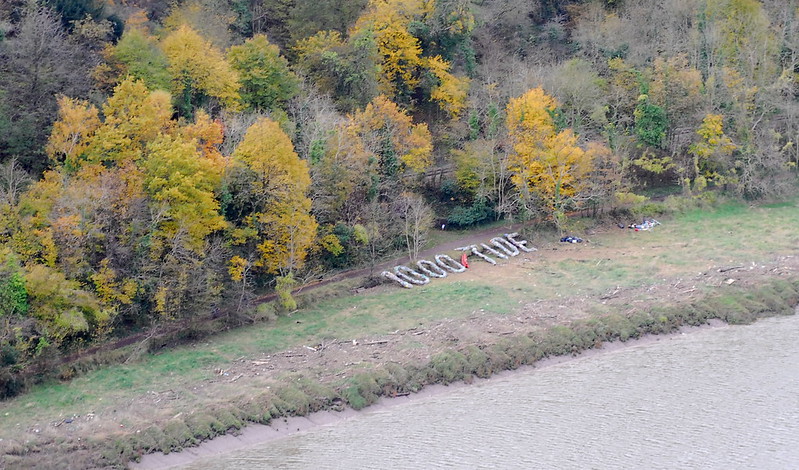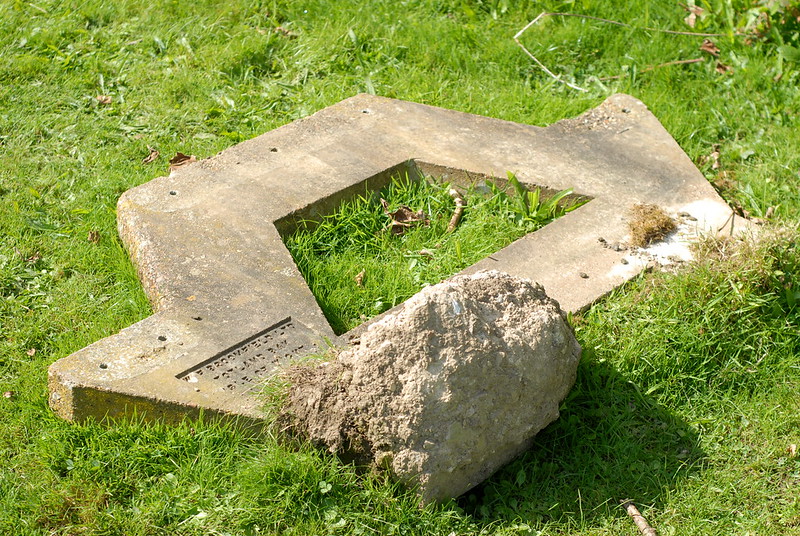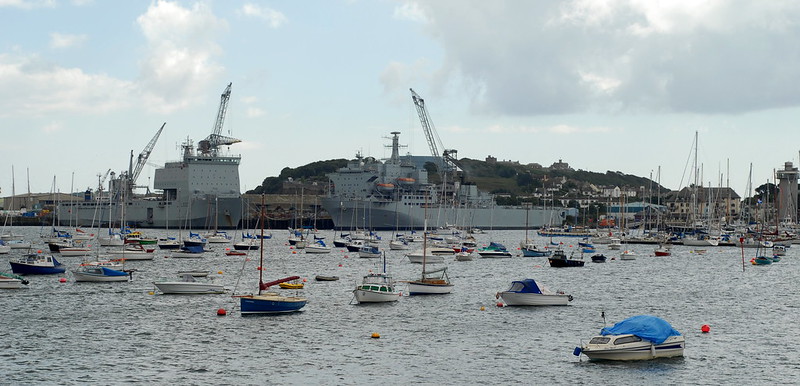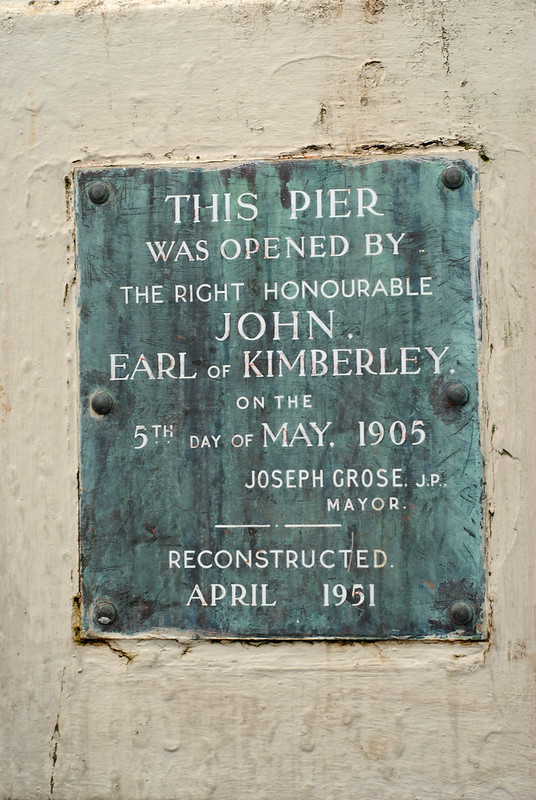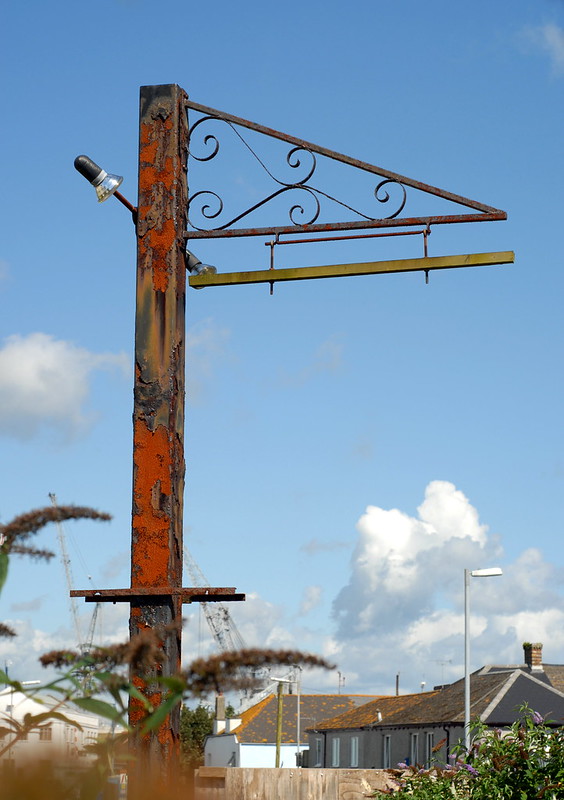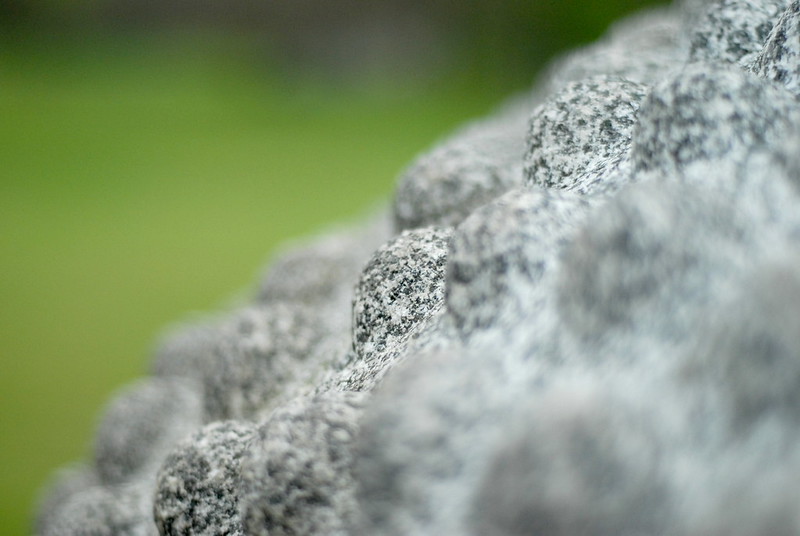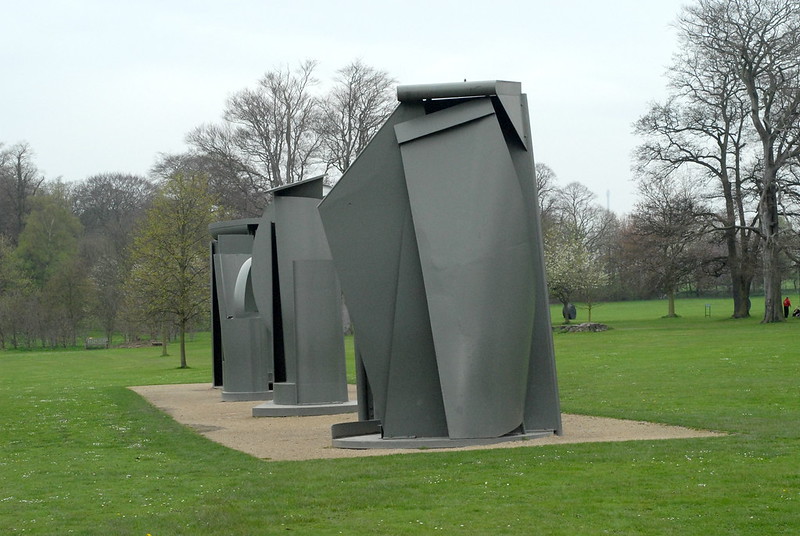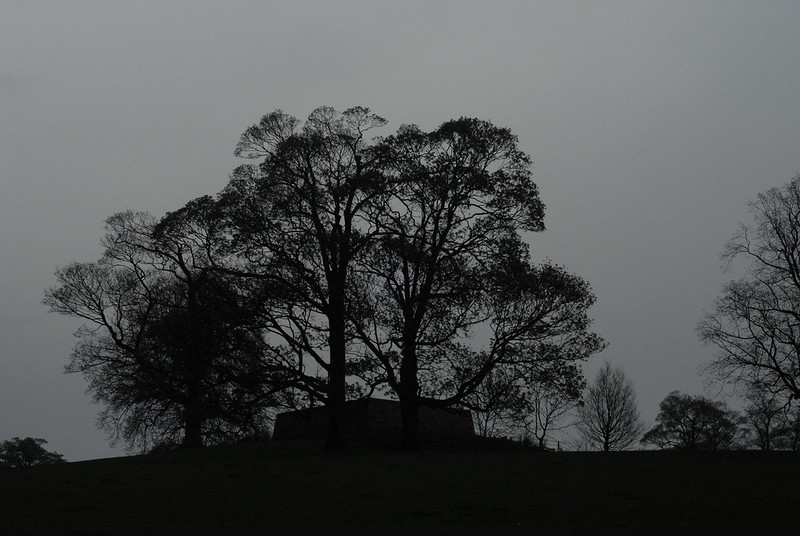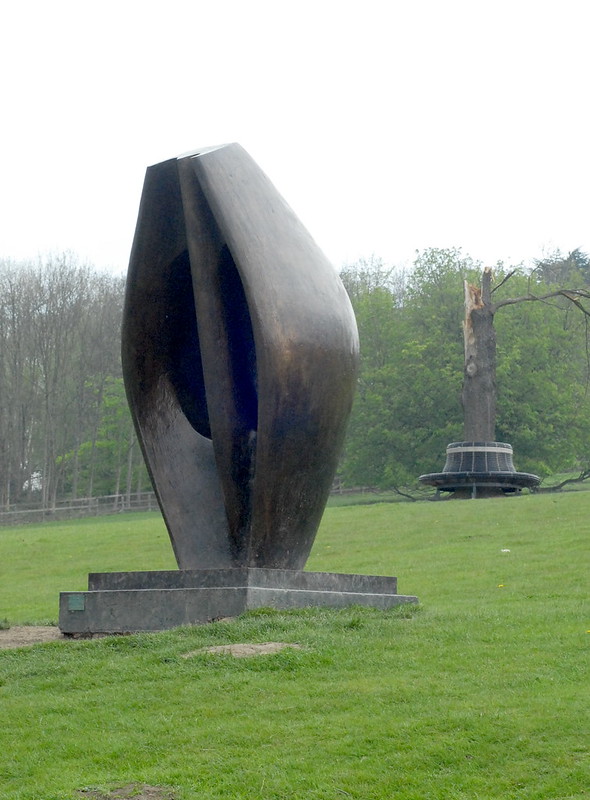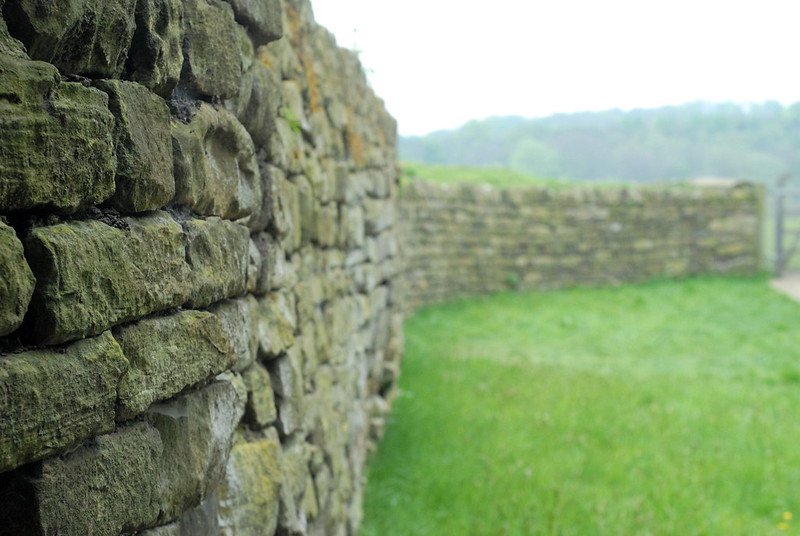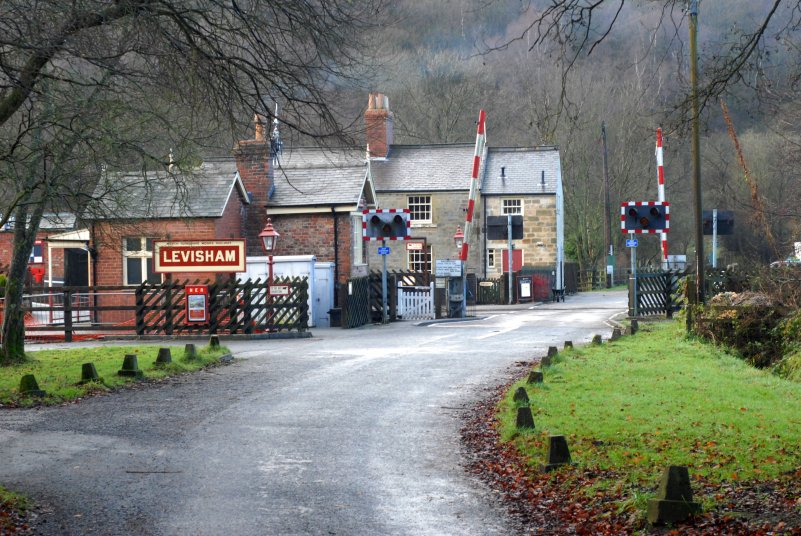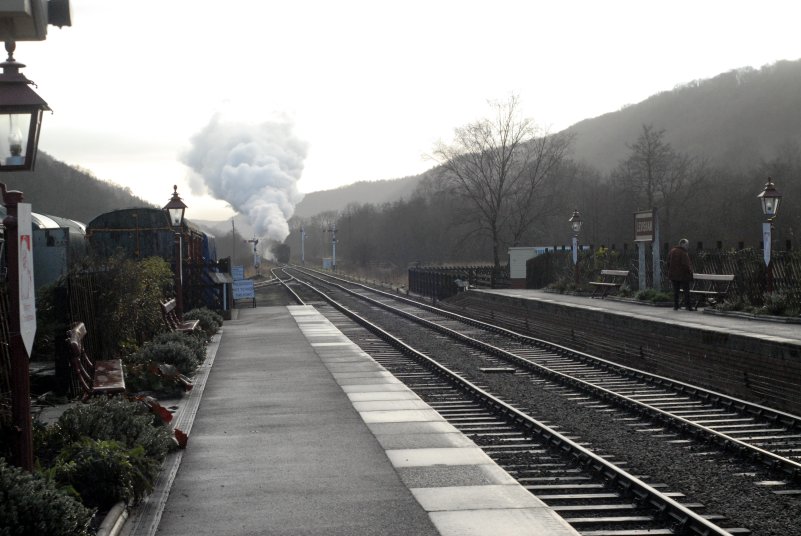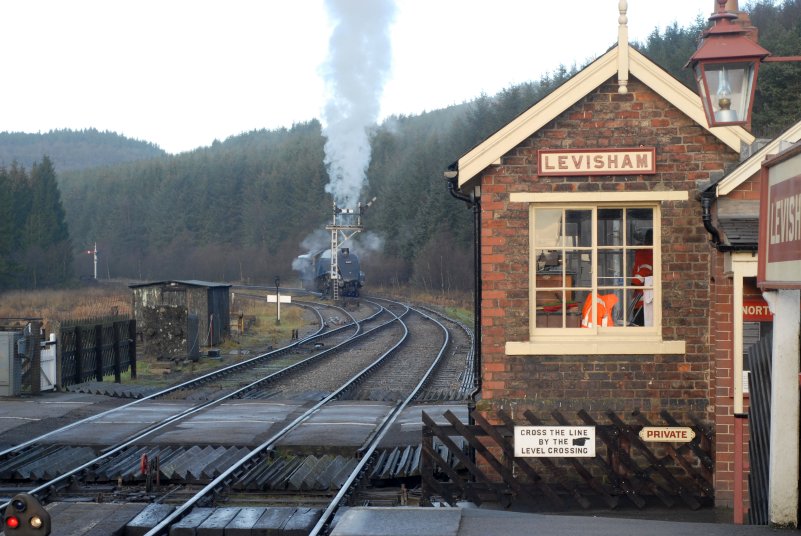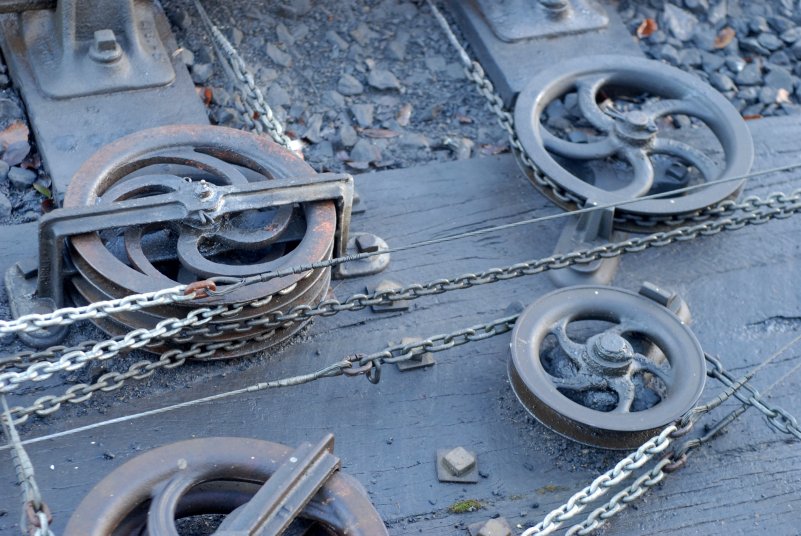Failure and Success
In which we muse what book to abandon reading next
Getting this website going again, and posting things regularly, I was thinking that maybe I should resurrect Books I Haven’t Read, an ongoing series of posts in which I reviewed books that I hadn’t managed to finish reading, and briefly discussed why. This was on the grounds that reviews of bad books are often more interesting than reviews of good books;* many book reviewers probably get away without reading the whole thing; and if I’m going to talk about something, I may as well be honest about whether I’ve read it or not. Hence, Books I Haven’t Read, which annoyed at least one author who discovered it and couldn’t resist responding.**
The problem, though, is that it’s been a while since I’ve managed to fail to finish a book. The only candidate at the moment is Robert Graves’ The White Goddess, which has to be described as a masterpiece, even though in many ways it is mistaken and wrong-headed.*** It’s also a very hard read, and I’ve got such a small way into such a long book that I feel I can hardly do it justice.
Everything else I’ve started reading, I’ve finished reading. Books that I’ve already told you I haven’t read, I’ve since completed. I’ve even got to the stage where I’m considering going back to some of the books I’ve written about here, getting them out of the library, and finishing them off. Which is a good thing, I suppose; but it leaves me at a loss for things to criticise. Maybe I should try to be a lazier reader.
Things might be solved by a book I came across in the local Oxfam bookshop the other day: Christopher Hill’s The World Turned Upside Down: Radical Ideas During The English Revolution. I’ve always been slightly confused by the history of the Civil War – or the Great Rebellion, or the English Revolution, or the Wars Of The Three Kingdoms – see even the list of names it’s been called are confusing, or whether there’s an “it” to start with. I’ve also never really got on with Marxist historians that well, so I’m thinking that there’s a good chance it’s going to completely baffle me sideways and leave me ranting about Ranters and Levellers.**** Let’s see how far I manage to get.
* For the ultimate good review of a bad book, the exemplar has to be Slacktivist‘s ongoing page-by-page and scene-by-scene reviews of the Left Behind books and movies, which many of you have probably already heard of.
** not to mention, a second response about how I was too pathetic to deserve a response. Hurrah!
*** much like Graves’ Greek Myths, which is somewhere close to being a standard work on the subject – even though much of the author’s commentary on the myths is now extremely outdated, given that it was based on a poor understanding of outdated archaeology and anthropology.
**** Now I have heard of Levellers – but not, I suspect, the ones that were around in the seventeeth century.

 Home
Home